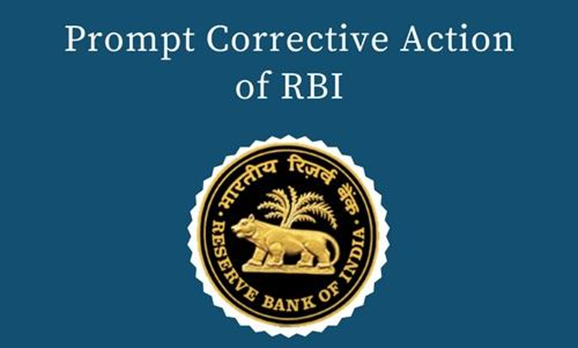Search
Prompt Corrective Action(PCA) Framework for Banks Explained
July 31, 2017
The Prompt Corrective Action (PCA) Framework is a policy action guideline developed by the Reserve Bank of India to handle a situation in which the performance of a commercial bank falls below a certain mark.

Although PCA framework was enacted in May 2014, it was revised in 2017 as a few new elements were added to it. The framework was especially highlighted recently when the issue of Non-Performing Assets worsened in the country and made the headlines.
How Does PCA Work?
If the financial condition of a bank drops below a certain threshold, the Reserve Bank of India intervenes to handle the situation. It’s the PCA that decides whether the intervention is required, and if yes, then when.
The PCA framework provides certain trigger points which are used to detect the condition of a commercial bank. These trigger points are identified through four major parameters, which are:
- Return on Assets (ROA)
- Non-Performing Assets (NPA)
- Capital to Risk Weighted Asset Ratio (CRAR)
- Leverage Ratio
For instance, the trigger points in terms of NPAs are the following:
- Above 10% but below 15%
- 15% and above
Similarly, CRAR trigger points are the following:
- Below 9% but equal or above 6%
- Below 6% but equal or above 3%
- Below 3%
Sanctions Available Under PCA Framework
The Reserve Bank of India can impose two types of restrictions when exercising the PCA Framework: discretionary and mandatory. Some examples of the former include limits of deposits and lending and those of the latter include restrictions on branch expansion, compensation given to the top-level executives, etc.
An important thing to note about the PCA framework is that it’s not applicable to the co-operative banks or Non-Banking Financial Companies (NBFCs). It’s applicable only to the commercial banks.



